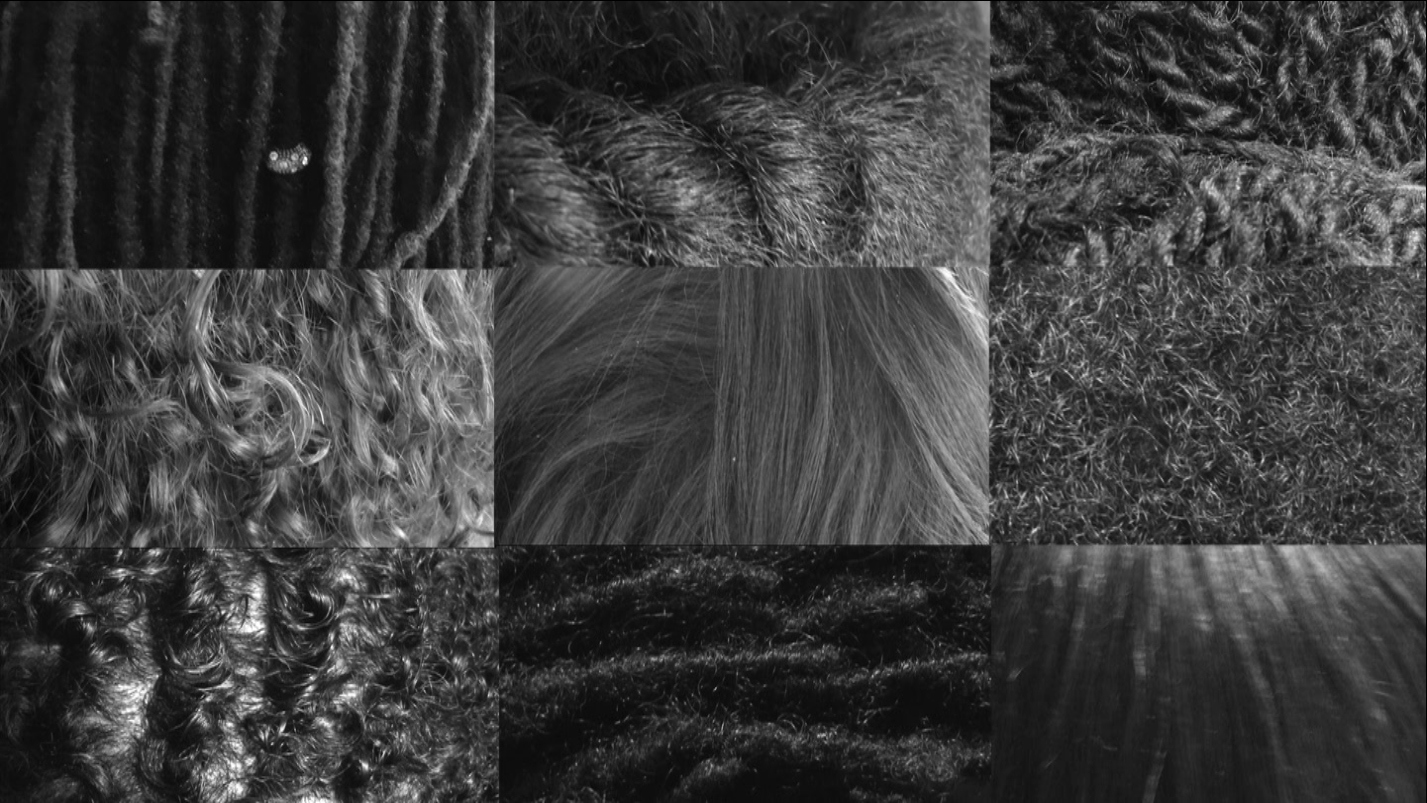
Kirby Dixon
Sector C: Art Practice and Technology
Matt Neff (FNAR), Gabe Martinez (FNAR)
Camouflage: a form of contemporary African American identity
Things are often not what they seem in nature. For millions of years, arrays of different animals and insects have adapted not only to blend in to their environments but to disappear entirely from predators’ view. From coloration and adaptation, to playing perceptual tricks on the naked eye, camouflage and metamorphosis in nature have served as primary tools of survival for many mammals. However, animals in nature are not the only creatures that do this. We humans do as well. Black identity, as a social condition, refers to not only a loaded definition, but one that is seemingly more malleable than one may think. Coined by the American sociologist, W. E. B. DuBois, this idea of double-consciousness is a phenomenon that has lived within the black community for years, “It is a peculiar sensation, this double-consciousness, this sense of always looking at one’s self through the eyes of others, of measuring one’s soul by the tape of a world that looks on in amused contempt and pity. One ever feels his two-ness,—an American, a Negro; two souls, two thoughts, two unreconciled strivings; two warring ideals in one dark body, whose dogged strength alone keeps it from being torn asunder.” Through the exploration and critical look at the implications of what this idea of double-consciousness means and the modern-day relevance and practice of the term in the black community today, this thesis makes the claim that such a practice is natural, even in a social and racial environment, and like animals in nature, the tendency to adopt an identity to “blend in” has become a culturally evolved feature in modern society. Survival of those who fit in is a practice that enters all spheres of life.

 Visual Studies
Visual Studies